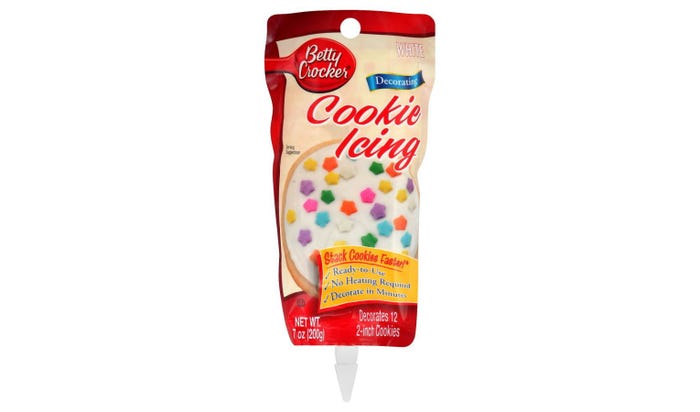3 ways to improve the usability of flexible packaging: Gallery
December 22, 2014

1. Give it a job: Packaging that completes a task—whether that’s measuring, dispensing or mixing—makes a product stand-out on-shelf and provides a better and more memorable user experience, like this icing pouch from Betty Crocker. Unique fitments resemble traditional frosting tips, similar to tools seen in bakeries for cookie decorating.
Flexible packaging has firmly established its place in the world of packaging. Brands have converted to pouches in every category—from motor oil to barbeque sauce to dog shampoo. We’ve also seen a rise in pouch innovation—such as pouches that conveniently maintain historical brand equity with old fashioned mason jars shapes or pouches with tear-off spouts and many different types of handles.
But pouches aren’t perfect.
Here are three strategies for how structure improves the usability of flexible packaging.
About the Author(s)
You May Also Like


